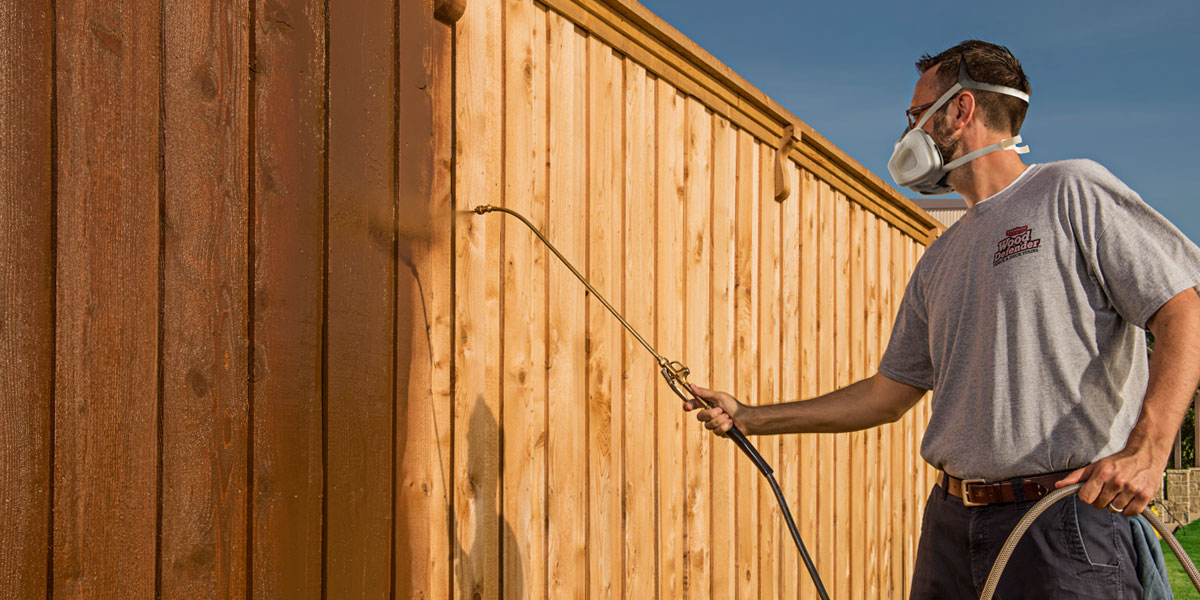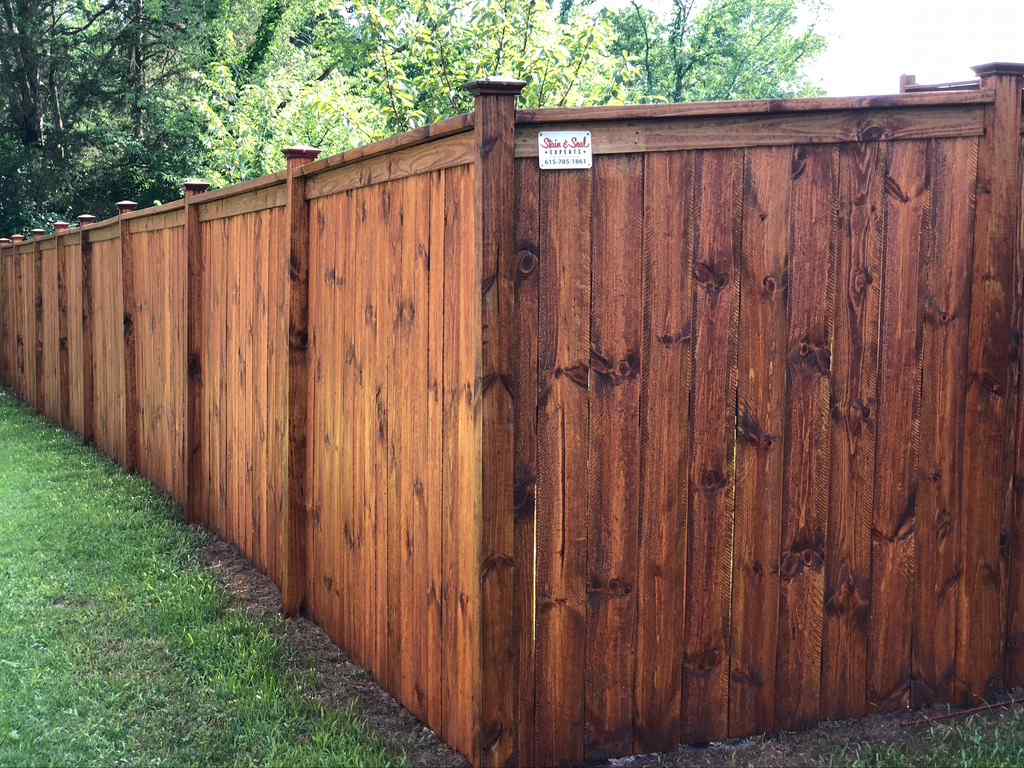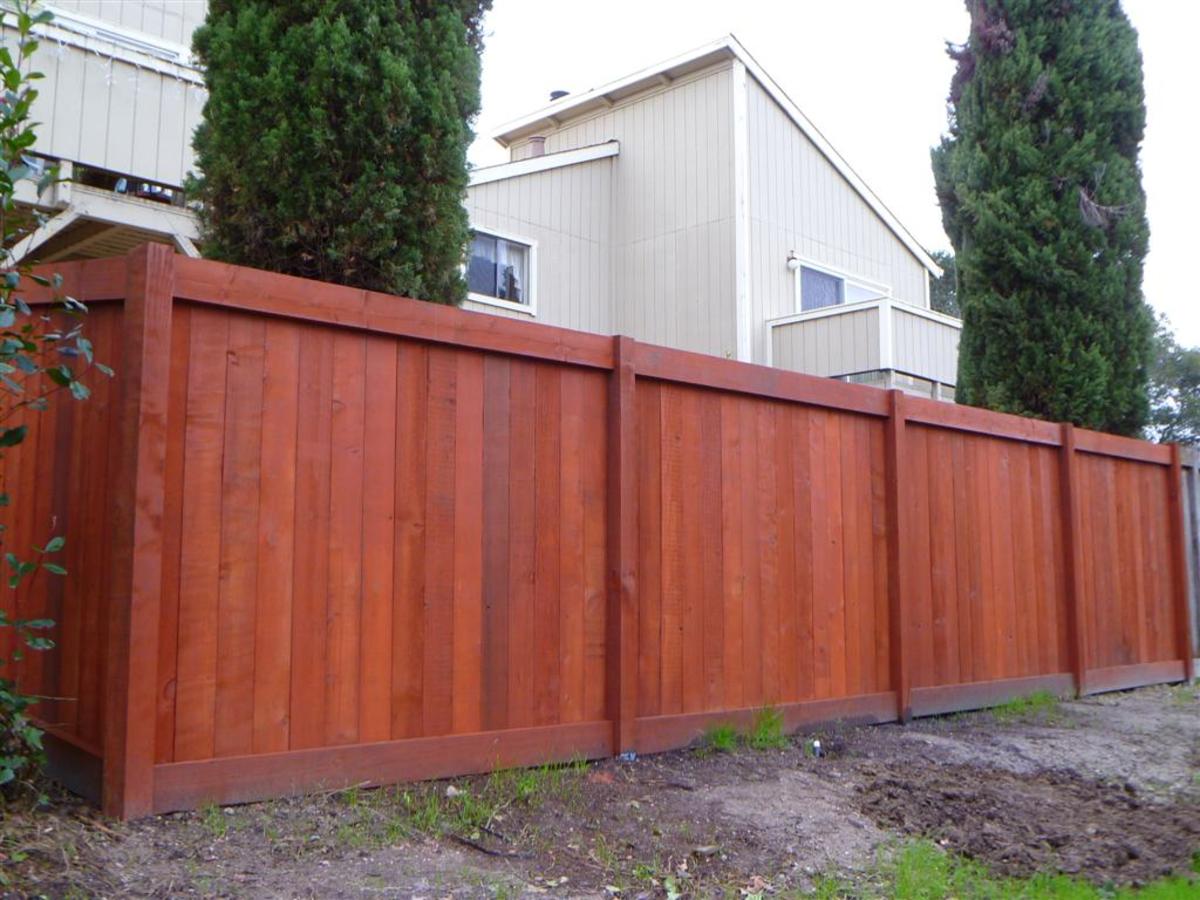Get Your Fence Summer-Ready with Top-Notch Fence Staining Services!
The Ultimate Overview to Fencing Discoloration: Tips and Techniques You Required to Know
In the world of home maintenance, fence staining typically becomes a job that requires focus however is often forgotten. The process involves even more than simply slapping on a layer of stain; it demands accuracy, understanding, and the best strategies to make sure a resilient and visually appealing outcome. Whether you are an experienced do it yourself fanatic or a house owner aiming to improve the visual charm of your residential property, comprehending the subtleties of fence discoloration can make a substantial distinction. Allow's discover the intricacies of this apparently simple yet remarkably complex job to unlock the tricks that can transform your fencing from a plain border to a standout function of your outside space.
Advantages of Fence Staining
What advantages does fencing discoloration offer to homeowners looking for to boost both the appearance and durability of their exterior structures? Fence staining offers countless advantages that make it a prominent option for property owners looking to safeguard and enhance their fencings.
In addition, fence discoloration helps to safeguard the wood from the elements, such as rainfall, snow, and UV rays. This security not just avoids the timber from decomposing and rotting yet also prolongs its life-span, saving homeowners cash on expensive repairs or substitutes over time. Fence Staining. In addition, staining creates a barrier against insects, such as termites and woodworker ants, which can cause significant damage to without treatment wood fences
Choosing the Right Spot

Another factor to take into consideration is the level of security you prefer for your fence. Transparent discolorations give very little security versus UV rays and dampness, while semi-transparent and solid discolorations supply enhanced security. If your fencing is revealed to severe weather condition problems, a solid discolor may be the most effective choice to make certain maximum durability.

Preparing Your Fence
Prior to applying the picked stain, complete preparation of the fencing surface is necessary to ensure ideal outcomes. Begin by cleansing the fencing to remove dust, debris, and any kind of old tarnish or repaint. Make necessary repair work to make certain the fence is structurally sound.
After cleansing and fixing, it is critical to sand the fencing to create a smooth surface area for the discolor to stick to. Make use of a medium-grit sandpaper to remove any kind of harsh patches or blemishes. Wipe down the fence with a tack fabric to eliminate any type of staying dust particles.
Applying the Spot

When using the discolor, work carefully section by area, beginning with the leading and relocating downwards to stop drips and ensure even insurance coverage. Use long, smooth strokes to use the tarnish towards the timber grain, permitting much better infiltration and a much more specialist finish. Make sure to keep a wet edge to avoid lap marks and overlap each stroke a little to mix the stain perfectly. Once the very first coat is total, enable it to completely dry according to the producer's directions prior to making a decision if a 2nd layer is needed for added security and long life.
Maintaining Your Stained Fence
To guarantee the durability and visual allure of your discolored fence, normal upkeep is crucial. Furthermore, it is important to check the sealant on your stained fence and reapply it as needed to secure the wood from dampness and UV damages. By complying with these maintenance suggestions, you can make certain that your discolored fencing remains in leading condition for years to come.
Final Thought
To conclude, fence discoloration supplies numerous advantages such as protection against weathering and improving the aesthetic charm of your building. By selecting the ideal stain, correctly preparing your fencing, applying the discolor properly, and preserving it on a regular basis, you can ensure your fence remains in top problem for many years ahead. Adhering to these suggestions and methods will certainly assist you attain a magnificently tarnished fencing that will stand the examination of time.